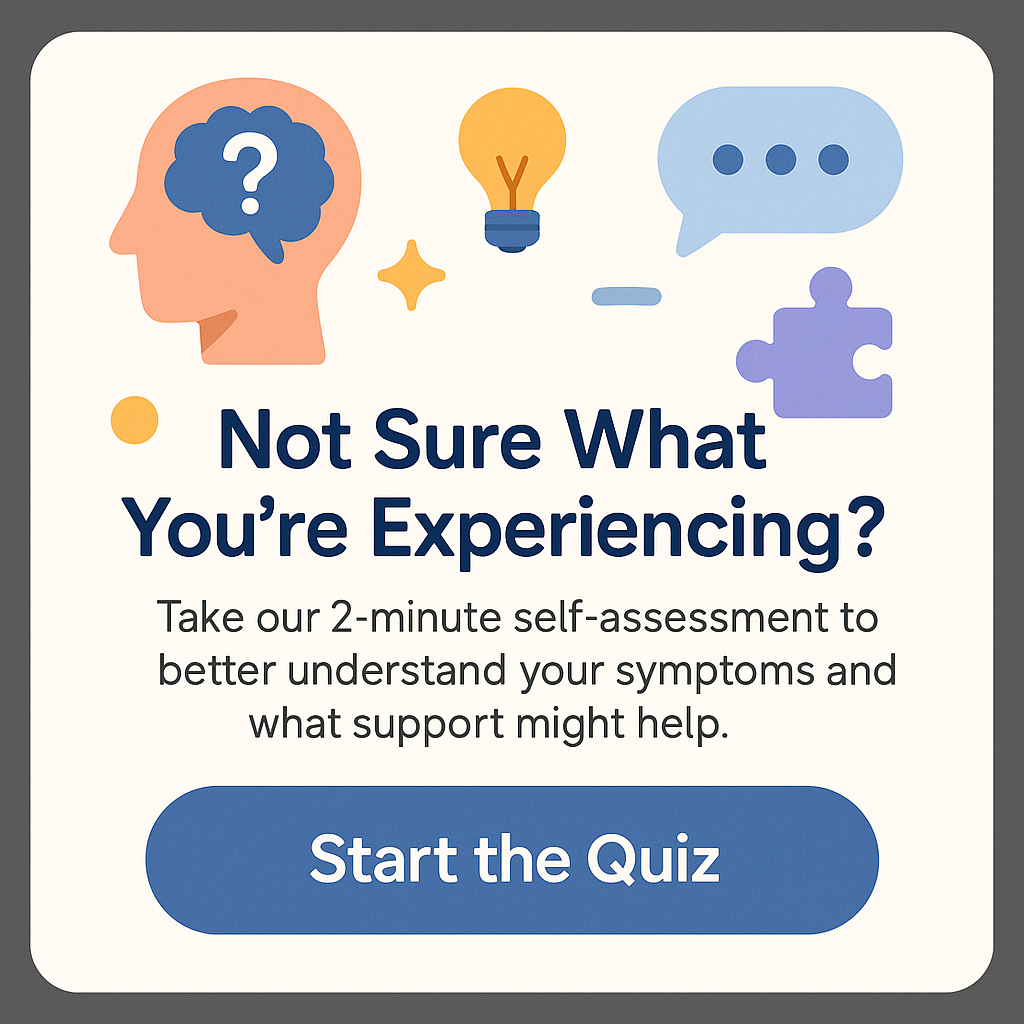What is the ABA Therapy?
The world of therapy and behavioral interventions can be overwhelming, especially for parents and individuals seeking support for autism spectrum disorders. One such approach, which has been gaining significant attention over the years, is Applied Behavior Analysis (ABA) therapy. This article will delve deep into what ABA therapy is, how it functions, its various applications, and why it’s considered one of the most effective methods available today.
Understanding ABA Therapy
So, what is the ABA therapy? Applied Behavior Analysis is a scientific approach to understanding behavior. It focuses on promoting positive behaviors while diminishing undesired ones. The essence of ABA therapy lies in breaking complex behaviors into smaller, manageable steps and using positive reinforcement to encourage the desired actions.
This approach is particularly effective for children and adults on the autism spectrum, as it addresses challenges related to social skills, communication, and learning. The tailored strategies of ABA therapy can help individuals develop essential skills that are crucial for navigating daily life.
At the core of ABA therapy, you’ll find several principles grounded in behaviorism and the fundamental idea that behaviors can be learned and unlearned. By applying these principles, therapists can devise individualized educational programs that cater to the unique needs of each person. This flexibility makes ABA therapy one of the most sought-after treatment methods for autism.
Let’s explore the key components of ABA therapy to better understand its effectiveness:
Principles of ABA Therapy
The primary methods and principles used in ABA therapy are:
- Observation: Initially, therapists observe and record behaviors to establish a baseline. This information is crucial in understanding the individual’s needs and challenges.
- Data Collection: Continuous data collection allows therapists to monitor progress and make necessary adjustments to the treatment plan.
- Reinforcement: Positive reinforcement is used to strengthen desired behaviors, while negative behaviors can be addressed through other strategies, such as redirection.
- Behavior Modification: By analyzing the antecedents and consequences of behaviors, therapists can modify factors that contribute to undesired actions.
Each element of the ABA approach is designed to create a supportive environment, allowing individuals to thrive by learning new skills at their own pace.
The Benefits of ABA Therapy
Now that we have explored what ABA therapy is, let’s look at the benefits it offers. The effectiveness of ABA therapy is well-documented, with numerous studies showcasing its efficacy in improving various skills for individuals with autism. Here are some of the most significant benefits:
Skill Development
The primary goal of ABA therapy is skill development. Individuals learn vital life skills, including:
- Communication: ABA therapy helps develop verbal and nonverbal communication, which is essential for social interactions.
- Social Skills: Through role-playing and modeling, individuals learn how to engage appropriately with peers.
- Daily Living Skills: Tasks such as dressing, grooming, and hygiene are taught to foster independence.
- Academics: ABA strategies may enhance learning in subjects like math and reading by creating structured, engaging lesson plans.
With a focus on developing skills, individuals gain a greater sense of independence, enhancing their quality of life.
Reduced Problem Behaviors
Beyond skill development, ABA therapy is effective in reducing problem behaviors associated with autism. By identifying triggers and teaching alternative responses, therapists can help individuals manage behaviors such as:
- Tantrums
- Self-injurious behavior
- Impulsivity
- Aggression
This reduction of problem behaviors not only alleviates stress for the individual but also creates a more harmonious environment for families and caregivers.
How is ABA Therapy Implemented?
Implementing ABA therapy involves rigorous planning and a combination of structured learning environments. It can be conducted in various settings, including:
- In-home therapy
- Specialized clinics
- Schools
- Community settings
A certified Behavior Analyst typically conducts assessments to create an individualized program tailored to the person’s unique needs. This individualized curriculum focuses on objectives pertinent to the individual’s life, prioritizing their goals.
Types of ABA Techniques
Several techniques might be utilized under the umbrella of ABA therapy, including:
- Discrete Trial Training (DTT): A teaching method that breaks down skills into small, teachable units.
- Natural Language Acquisition (NLA): Encourages natural interactions and communication throughout the day.
- Verbal Behavior (VB): Focuses on teaching communication using the principles of behavior analysis.
- Pivotal Response Training (PRT): A child-centered approach that focuses on pivotal areas of development.
These techniques can be selected based on the individual’s needs, ensuring a customized approach that maximizes success in achieving the desired outcomes.
Challenges and Considerations in ABA Therapy
While ABA therapy is celebrated for its effectiveness, it is also important to acknowledge the challenges and controversies surrounding it. Some critics question whether the methods are too rigid or whether they fail to consider the individuality of each person.
Length of Treatment
ABA therapy can be time-consuming and may require long-term commitment. Depending on the severity of the individual’s needs, therapy may be ongoing for several months or even years. Families are often tasked with continuing therapy principles at home, which requires dedication.
Access to Qualified Professionals
Finding qualified and certified therapists can be a hurdle for many families. The availability of trained professionals varies by region, often leading to disparities in access to quality care.
Conclusion
In summary, what is the ABA therapy? It is a multifaceted approach designed to help individuals with autism and other behavioral challenges develop essential skills while reducing problem behaviors. Through a tailored, individualized plan, ABA therapy goes beyond mere behavior modification; it opens up a world of independence and improved quality of life.
As a parent or guardian, understanding ABA therapy can empower you to make informed choices about the best interventions for your loved ones. Know that this therapy is backed by extensive research and offers hope for many families navigating the complexities of autism. Embrace the journey and seek out qualified professionals to help guide you along the way!
FAQs
1. What ages is ABA therapy suitable for?
ABA therapy can be beneficial for individuals of all ages, starting as early as 18 months. Early intervention is often highlighted as significantly impactful.
2. How long does it take to see results from ABA therapy?
Results can vary based on individual circumstances, but many families report noticeable improvements within the first 6 months of consistent therapy.
3. Is ABA therapy covered by insurance?
Many insurance providers cover ABA therapy, but coverage can vary widely. It’s essential to check with your insurer for specifics.
4. Can ABA therapy help adults?
Yes, while it is often associated with children, ABA therapy can enhance the lives of adults with autism by focusing on skill development and meaningful behavior changes.
5. How can parents support their child receiving ABA therapy?
Parents can support their child by practicing skills at home, maintaining open communication with therapists, and creating a structured environment that encourages learning.
Navigating BC Autism Funding: A Comprehensive Guide
Is Autism Genetic From Mom or Dad? Exploring the Truth
Does Autism Affect Intelligence? Understanding the Connection







